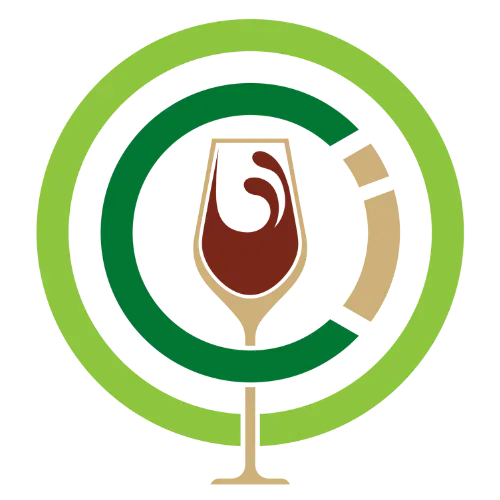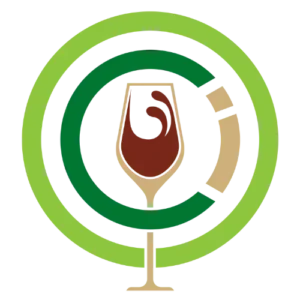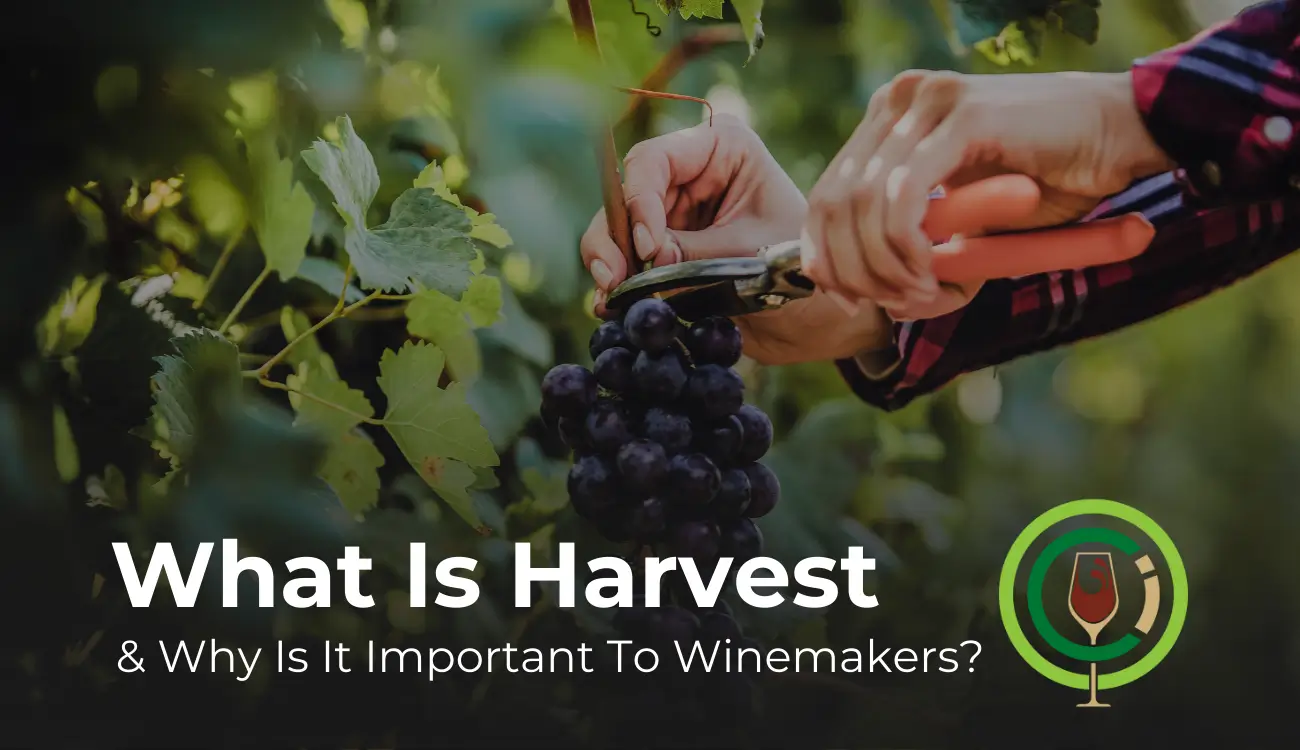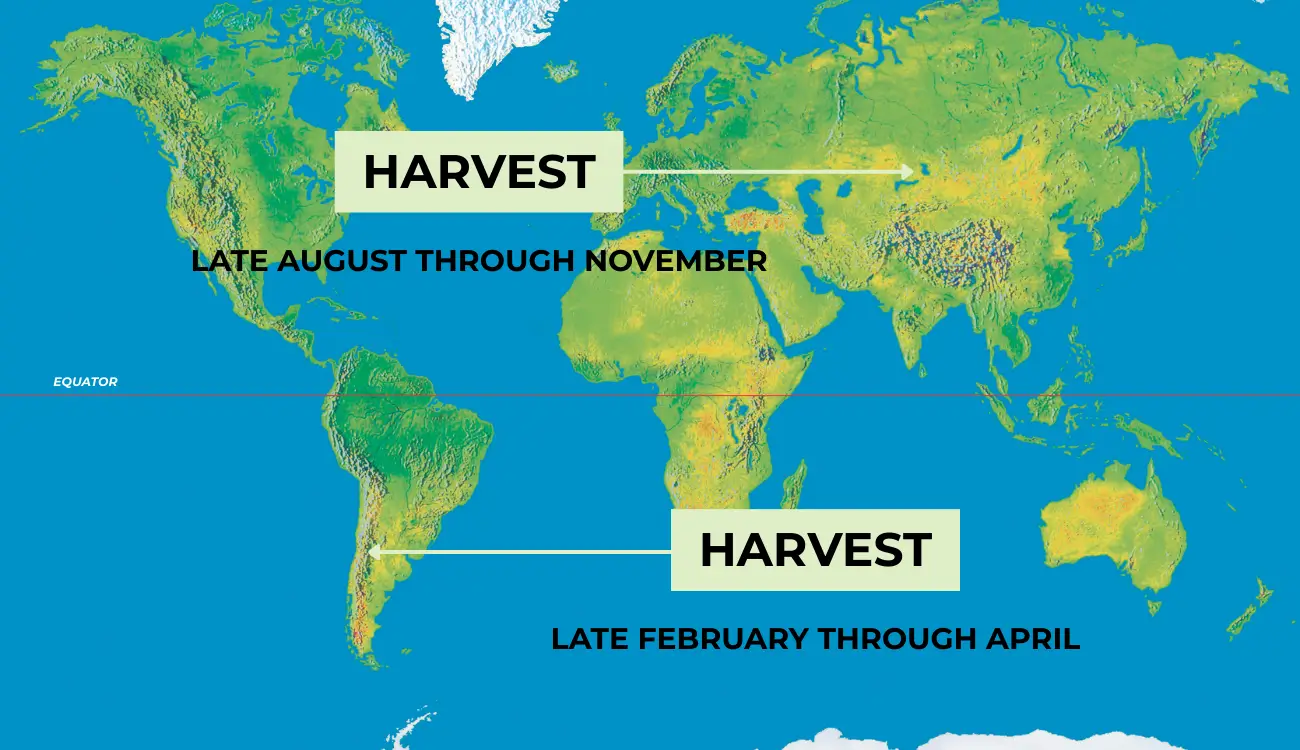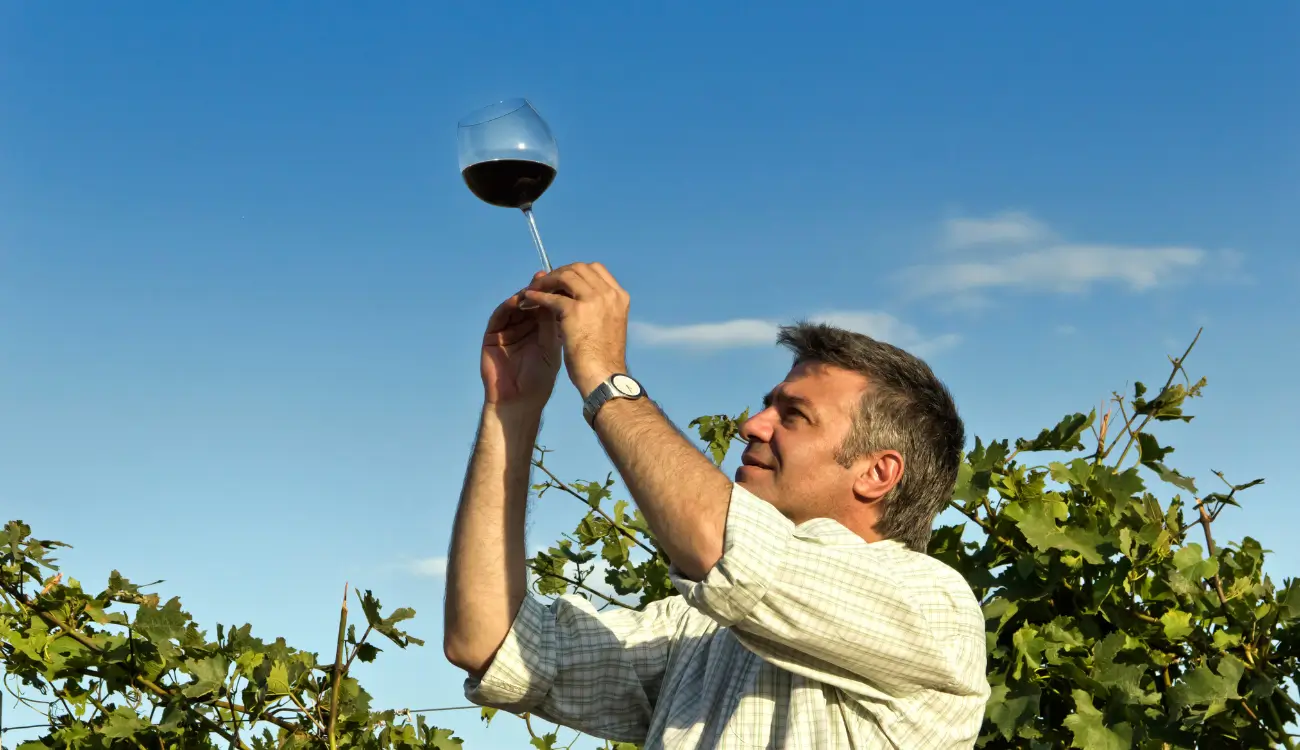What Is Harvest & Why Is It Important To Winemakers?
Harvest is one of the most critical stages in winemaking. Often referred to as the “vintage,” harvest sets the foundation for the quality, flavor, and balance of the wine. The timing, technique, and decisions made during harvest will greatly influence the outcome of the final product, so winemakers approach this stage with careful planning and precision.
In addition, harvest plays a role in determining how a wine will respond to aging, oak treatment, and blending. Modern winemakers, whether at large commercial wineries or small artisanal operations, use harvest data to guide every decision in the cellar—from fermentation techniques to the type of oak alternatives used. Understanding harvest is not just a tradition; it is a science, an art, and a strategic tool that impacts every glass of wine.
Today, we’ll explore what winemakers mean when they mention the word ‘harvest’, why harvesting time matters, how harvest influences winemaking decisions, how harvest influences oak addition in wine, and wrap up with some best practices during harvest.
What Is Harvest?
Harvest, in it’s simplest form, refers to the process of picking grapes at their peak ripeness for winemaking. In the Northern Hemisphere, harvest typically occurs from late August through November, while in the Southern Hemisphere it usually spans from late February through April. However, exact timing depends on a region’s climate, soil composition, grape varietal, and vineyard management practices.
Grapes are harvested either manually, through handpicking, or mechanically, using harvesters. Each method has its advantages: handpicking allows for selective picking of only the ripest grapes, reducing the chance of under-ripe or overripe fruit entering production, while mechanical harvesting is efficient for large-scale vineyards.
Regardless of the method, timing is crucial: grapes must be picked when sugar levels, acidity, and tannin maturity align with the desired style of wine. Grapes harvested too early may result in tart, underdeveloped wines, while grapes harvested too late can produce overly sweet wines
with flabby acidity.
Winemakers must also consider environmental factors such as weather, disease pressure, and pest activity, which can all impact grape quality. Many vintners monitor sugar content using a refractometer, taste grapes to evaluate flavor development, or measure acidity levels to ensure optimal harvest timing. For home winemakers or smaller boutique wineries, understanding these indicators is vital for producing wines that are both flavorful and balanced.
Why Timing Matters
The timing of harvest is one of the most influential factors in winemaking. Grapes picked at optimal ripeness will have the ideal balance of sugar, acidity, and tannins, allowing winemakers to craft wines with desirable complexity, structure, and mouthfeel. Improperly timed harvests can result in wines that are overly acidic, unbalanced, or lacking in body, limiting their aging potential.
Timing also plays a role in defining a wine’s style. Grapes harvested early may be better suited for crisp, refreshing white wines, whereas late-harvest grapes can produce rich, full-bodied reds or dessert wines. In some cases, winemakers intentionally delay harvest to produce late-harvest or botrytized wines, which are prized for their concentrated sweetness and complex flavor profiles.
Additionally, harvest timing affects vineyard operations and logistics. Decisions regarding when to crush and press grapes, the size and type of fermentation tanks, and yeast selection all depend on knowing when the fruit is ready. For winemakers experimenting with oak alternatives or barrel aging, harvest data also helps determine the timing and style of oak integration, ensuring that the wine’s natural characteristics are complemented rather than masked.
How Harvest Influences Winemaking Decisions
Harvest data informs nearly every decision in the winemaking process. Sugar content, measured in Brix, directly impacts the potential alcohol level of the wine, while acidity and tannin levels influence blending, fermentation, and aging. Winemakers may adjust maceration times, choose between different fermentation vessels, or decide on the optimal duration for barrel aging based on the characteristics of the harvest.
Harvest also affects operational planning. For example, high-quality fruit may require smaller, more controlled fermentation tanks to preserve delicate flavors, while a large yield might necessitate more extensive fermentation capacity. Even the choice of yeast strain can be influenced by harvest data, as certain strains are better suited to wines with higher sugar levels or specific acid profiles.
For winemakers using oak alternatives, harvest provides essential guidance. Understanding the natural tannin, acidity, and sugar content of the grapes helps determine whether oak should be introduced, and if so, which type or toast level will enhance the wine’s flavor profile without overpowering it.
Wondering why you should use oak alternatives? Find out the reasoning behind it here!
Using Harvest to Gauge When Oak Is Needed
Harvest is more than just picking grapes—it is a tool for planning the wine’s future. By analyzing sugar levels, acidity, and tannin concentration at harvest, winemakers can anticipate how their wine will develop and whether oak aging is appropriate. For instance:
-
-
- Low-tannin grapes can benefit from oak alternatives to add structure and improve mouthfeel.
- Highly tannic grapes may need a lighter touch with oak to prevent
overwhelming the wine.
-
Using harvest data as a guide ensures that oak enhances the wine instead of masking or conflicting with its intrinsic qualities. This is particularly relevant for winemakers using Oak Chips Inc. oak alternatives, which offer precise control over flavor, aroma, and structure, allowing for tailored aging strategies without committing to full barrels.
Best Practices for Harvest
Successfully managing harvest is a mix of careful observation, timing, and preparation. By following these best practices, winemakers can ensure grapes are picked at peak ripeness and set the stage for a high-quality wine:
- Monitor Ripeness Closely – Track sugar levels (Brix), acidity (pH), and tannin maturity to determine the optimal harvest window. Regular measurements ensure grapes are picked at their peak for the style of wine you intend to produce.
- Taste Frequently – Beyond numbers, sensory evaluation is key. Tasting grapes directly from the vineyard helps assess flavor development, aroma, and overall balance, giving a practical perspective on ripeness.
- Plan Oak Integration Early – Use harvest data to decide whether oak alternatives or barrel aging are appropriate, and determine which type, toast level, and dosage will best complement the grapes’ characteristics.
- Adapt to Vineyard Conditions – Weather, disease, and pests can affect harvest timing. Be ready to adjust your schedule to protect grape quality and minimize risk of compromised fruit.
- Prepare Logistics in Advance – Ensure equipment, staff, and fermentation vessels are ready for harvest. Efficient organization reduces stress during the critical picking window and prevents delays that could affect grape quality.
- Document Everything – Keep detailed notes on harvest date, grape metrics, vineyard conditions, and early winemaking decisions. Over time, this data becomes invaluable for refining harvest strategies and optimizing wine quality.
- Balance Quantity and Quality – While it can be tempting to harvest all grapes at once for efficiency, prioritizing selective picking ensures only the best fruit goes into your wine, enhancing flavor, structure, and aging potential.
Start Harvest Today!
Harvest is far more than just picking grapes—it is the cornerstone of winemaking. Properly timed and carefully executed harvest ensures grapes achieve optimal ripeness, balancing sugar, acidity, and tannins. This foundation allows winemakers to make informed decisions about fermentation, blending, and oak integration, whether using traditional barrels or oak alternatives.
By understanding the nuances of harvest, winemakers gain the ability to craft wines that are balanced, flavorful, and age-worthy. The data gathered at harvest also provides a roadmap for selecting the right oak alternative, toast level, and aging strategy, allowing each wine to reach its full potential.
Next time you enjoy a well-balanced wine, remember that its journey began in the vineyard, at harvest—a stage where careful observation, timing, and decision-making make all the difference.
